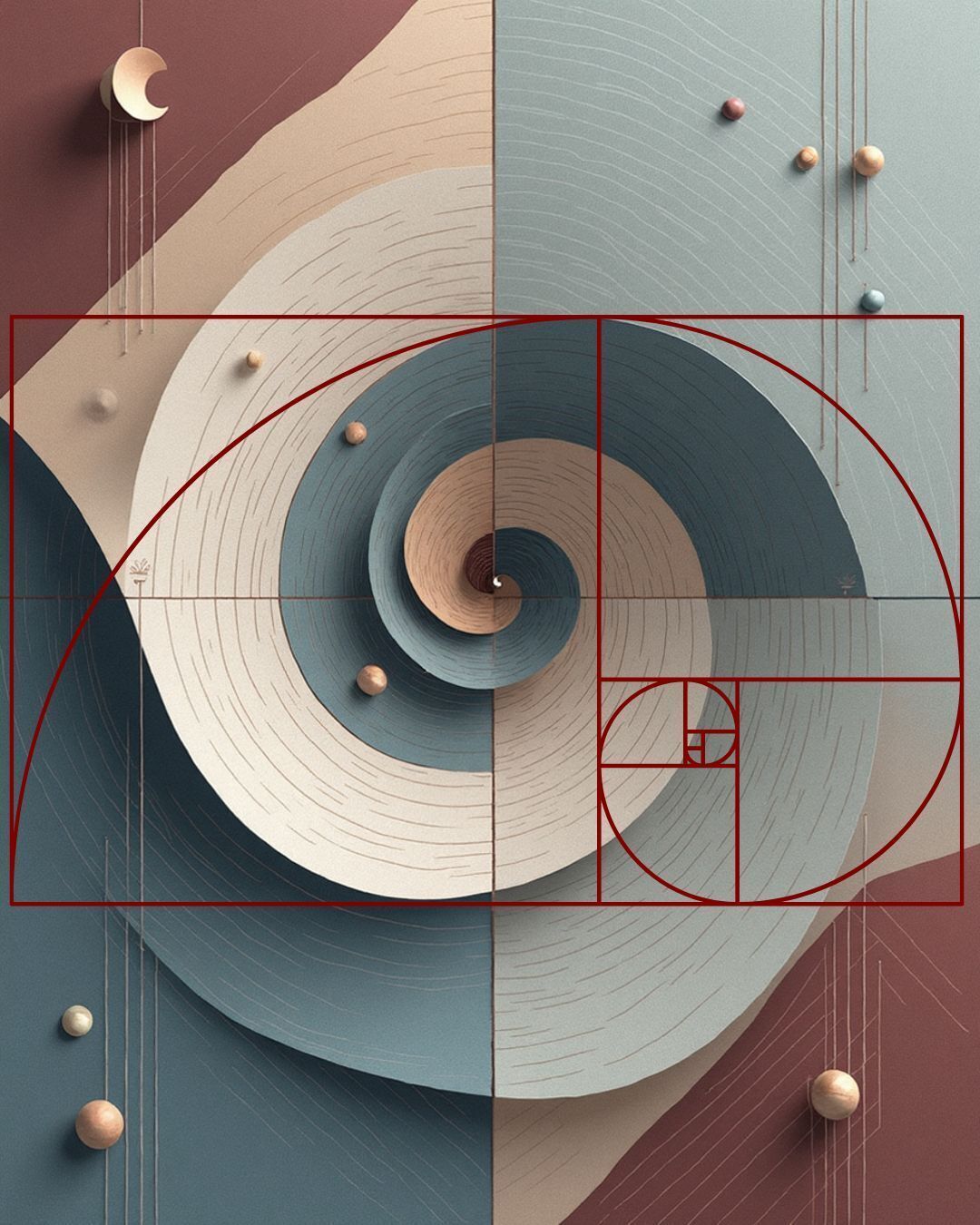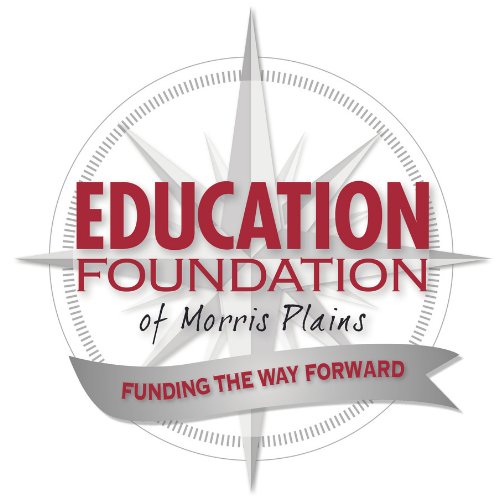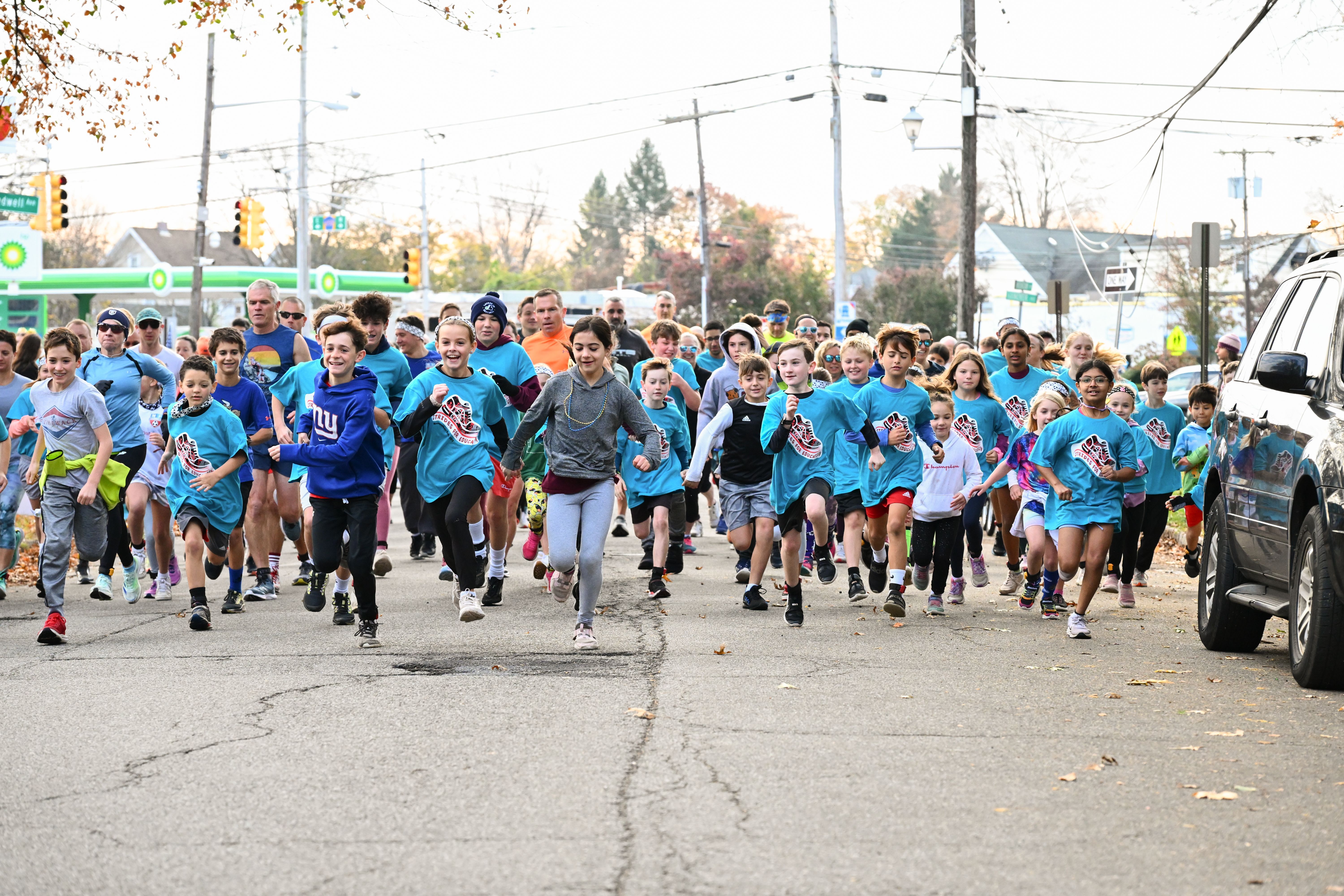
The Education Foundation of Morris Plains, celebrating its 15th anniversary this year, has a clear focus on “funding the future.” The teacher grants we support are innovative and have a strong impact on student learning.
But what does “innovation in education” really mean? We asked eight of the most passionate educators in our district to tell us how innovation is at work in their classrooms. Their words are inspiring. Thank you, teachers, for all you do to open the future for your students!
"Innovation to me means being creative in the way I teach—finding new ways to spark curiosity and make science come alive. It’s about using a multi-sensory approach so students don’t just hear the information, but also see it, touch it, move with it, and even create with it. Innovation also means staying current with brain research, understanding how students learn best, and applying those insights to build lessons that are engaging, memorable, and meaningful." —Casey Devlin, 7th and 8th grade science teacher
"In the Spanish classroom, innovation means finding fun and creative ways for students to truly experience the language. Instead of only memorizing vocabulary, students get to practice Spanish through games, music, technology, and real-life situations. Innovation also means giving students choices in how they learn and show what they know—whether through speaking, writing, art, or projects. Most importantly, it’s about building confidence and excitement so students can learn and use Spanish in meaningful ways."—Maria Diaz, Spanish teacher
"In the K-2 STEM lab, innovation is fostered by giving students the opportunity to use their creativity to develop unique ideas. They know that there are often many solutions to complete challenges and solve problems, and that the only way we fail is when we give up. When students have permission to fail, the door is open for more growth, resilience and innovation." —Jessica Hendershot, STEM teacher
"To me, innovation in education looks like adapting my teaching to the new group of learners that I have in my room every year. By changing up the methods I use, from manipulatives to digital resources, utilizing art during language arts time, or making daily adjustments that fit the needs of the students that day. Innovation is also seen in my students. I observe and admire the different strategies they come up with in all aspects of the day. Sometimes this means sketching drawings or writing equations in math to work through a challenging problem, or, during crafting time, finding a creative solution—like folding the paper in a special way when they run out of tape. The students are always adapting and innovating solutions to their own problems." —Victoria Huizing, 3rd grade teacher
"Innovation in special education is about creativity with purpose. It’s about using new ideas, flexible strategies, and inclusive design to unlock potential and dignity for every learner. Innovation is a mindset that challenges outdated assumptions about disability." —Ali Messina, RISE Special Education teacher
"Innovation to me includes utilizing digital platforms, including AI art generators and graphics tablets for digital creation, as well as physical tools that enhance traditional techniques." —Kirstin Rigby, Art teacher
"Innovation in education, to me, is embodied in the STEAM class, where finding creative solutions to challenges is central to our approach. By leveraging the latest technology, we empower students to innovate and refine their designs collaboratively. In this environment, students not only learn to solve problems but also enhance their capacity to work together, driving continuous improvement through innovative thinking." —Alissa Schonmann, STEAM teacher
"Innovation to me means finding new and creative ways to make learning exciting and relevant for my kindergarteners. It’s about adapting my teaching methods to meet the unique needs of each student. Innovation involves using hands-on activities and creating a learning environment that fosters curiosity, problem-solving, and social growth." —Beth Shepard, 2nd Grade teacher

